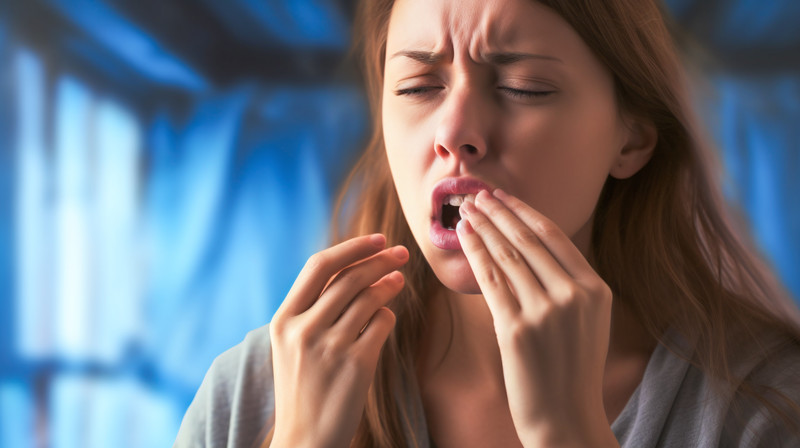Fever blisters are sores that appear on the lips, and are the result of a common viral infection. Here is a look at the causes and manifestation of fever blisters, and a discussion of the best over-the-counter supplements and remedies to treat them.
The Causes of Fever Blisters
Fever blisters, or cold sores, are small, fluid-filled blisters that appear on or near the lips. They are usually a result of the herpes simplex virus type 1 (HSV-1), and sometimes of HSV-2. A fever blister is usually preceded by a feeling of itching or tingling in a spot near the lips for a day or so, and then a painful spot appears and forms into a blister. Soon after, the blister will burst and become a scab and then slowly heal. This whole process usually takes 2-3 weeks.
There is no cure for fever blisters, but they can be treated. Over-the-counter and at-home remedies are often used to treat them. Some people choose to seek medical treatment to speed up the healing process, and some will be prescribed an antibiotic. However, this is usually not necessary.
As for the HSV-1 virus, it spreads relatively easily. HSV-1 often spreads through kissing or other close contact. It can also spread through the sharing of objects such as eating utensils or towels.
Four Natural Remedies for Fever Blisters
Over-the-counter remedies are generally considered the best treatment for fever blisters, as opposed to seeking out a doctor’s prescription, or simply doing nothing. Here are some of the best over-the-counter products for treating fever blisters.
Topical lysine for the lips is one of the prime over-the-counter treatments for fever blisters. Studies show that topical lysine, applied to the lips, speeds up the fever blister healing process and soothes irritation. It can also help prevent a recurrence of fever blisters. Lysine is effective because it works against the intestinal absorption of arginine, which is a catalyst for the HSV-1 virus. A topical lysine lip balm, often containing other healthy substances, such as herbs or sunscreen ingredients, is a great way to treat and prevent fever blisters. Lysine can be applied multiple times daily until a fever blister is healed.
Vitamin E is a main contributor to skin health, and it can help reduce the inflammation associated with fever blisters. A topical vitamin E cream can be applied to the lips, and gently massaged into them. This is an effective way to treat and/or prevent fever blisters.
Vitamin D is a crucial vitamin for the health of your immune system. Studies show that a deficiency in vitamin D is linked with the development of HSV-1 and fever blisters. Supplementing with vitamin D could strengthen your immune system such that you’re less likely to contract HSV-1.
Zinc is an important mineral for the body, and can help mitigate cold sores. Zinc helps by supporting the immune system, and supporting the healing of skin wounds.
Vitamin C is necessary for numerous bodily processes. When it comes to fever blisters, vitamin C is useful because it can inactivate the HSV-1 virus in the body.
All of these products could effectively treat fever blisters, prevent them, or both. We recommended that you bring these up for discussion with your healthcare provider before using them, since some of these could interact with certain medications, or be proven unsafe for pregnant women.

